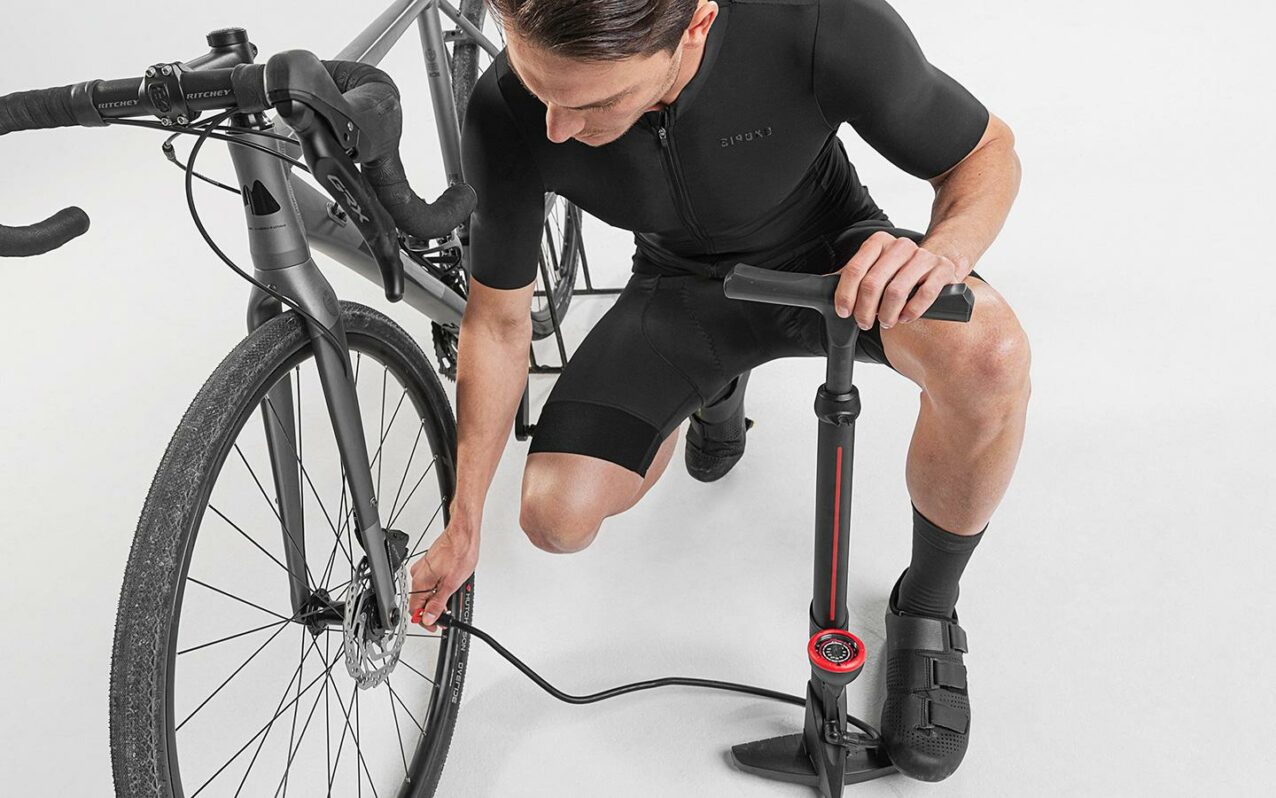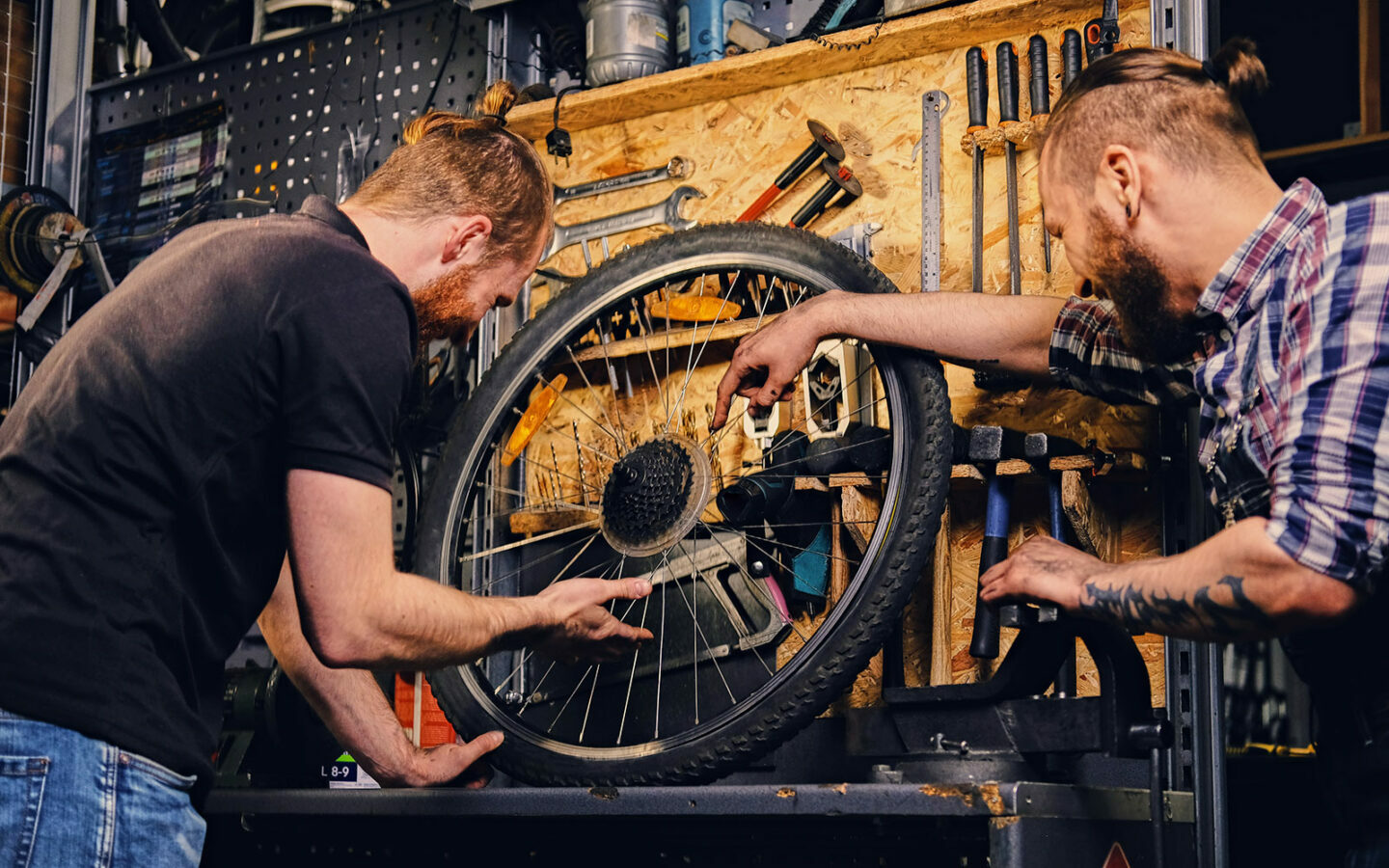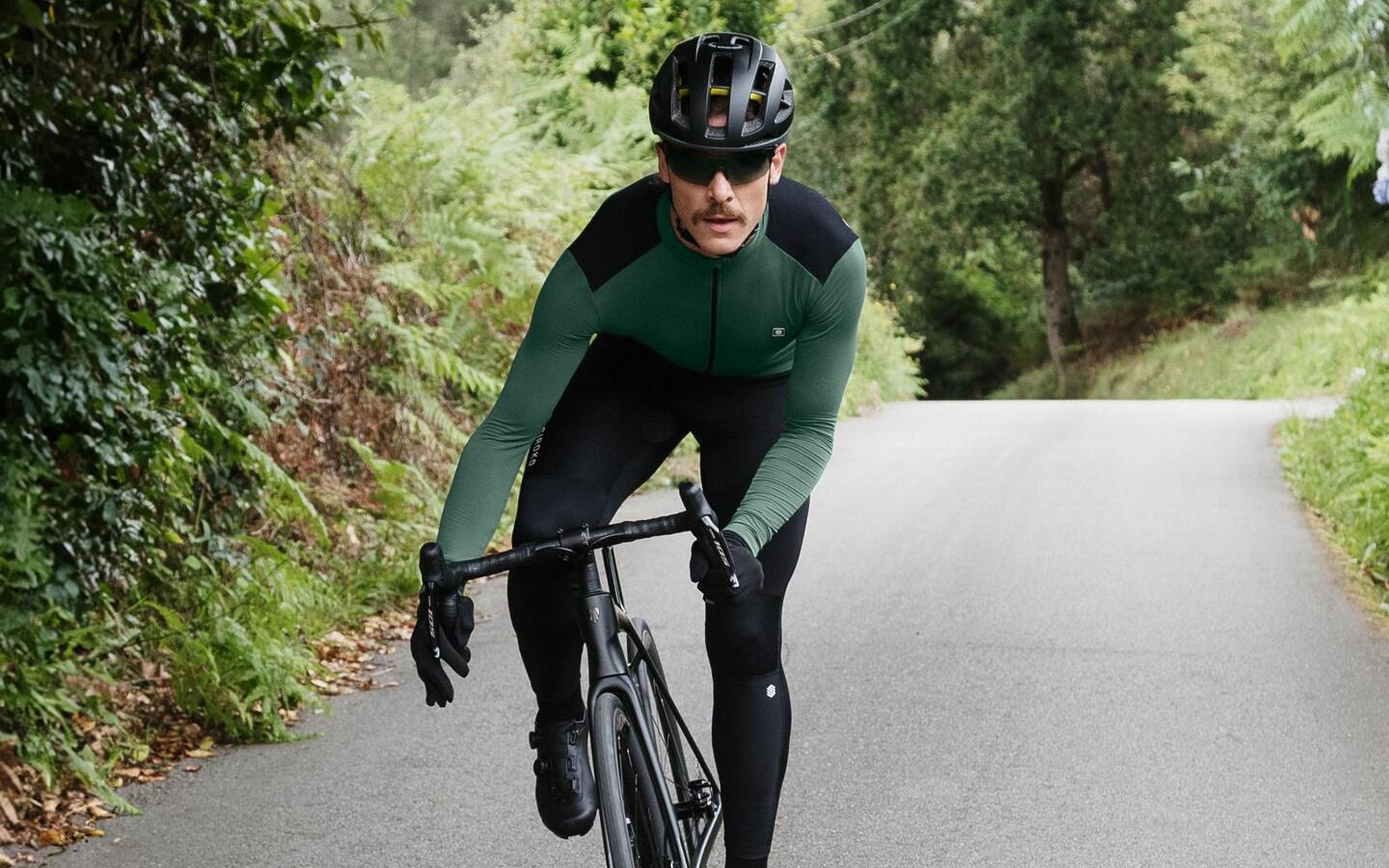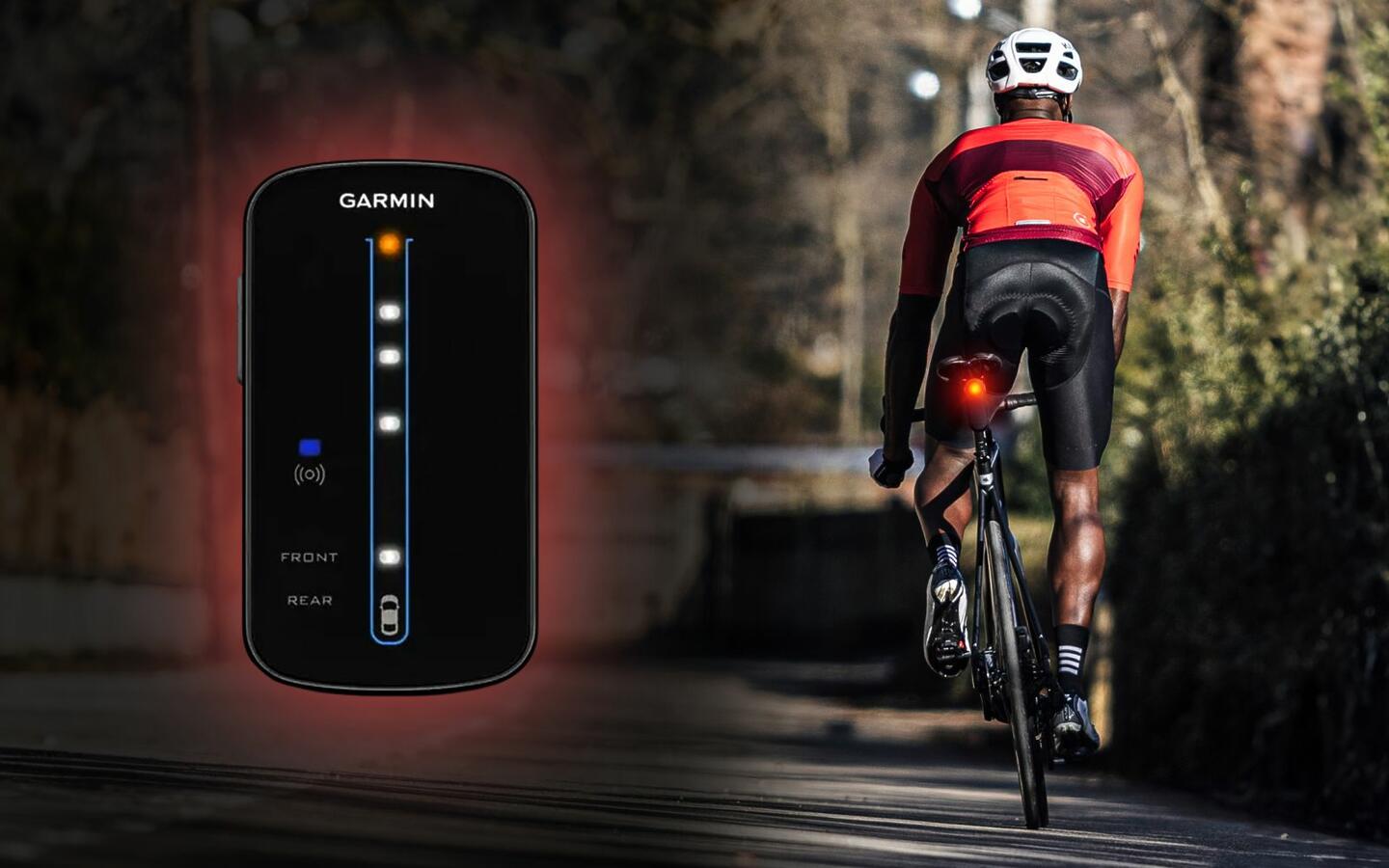We would like to dedicate this post to all those mechanics who suffer and curse when they see a bike in their workshop with a problem that could have been avoided if the owner had been more careful and taken the time to get informed. On behalf of all cyclists, our apologies, we know we make mistakes and we’re guilty of:
Overconfidence

We must admit that cyclists tend to think: “I’ll fix this in no time” and then realize that it was not as simple as it seemed and that we made a mess which can only be solved in a bike workshop. No matter how many YouTube videos and tutorials one has seen, the actual process is a completely different story. There are certain repairs and maintenance procedures that are best left up to a professional, especially when we don’t have the right tools and we are trying to do it quickly and hastily. As Socrates once said: “True wisdom lies in recognizing one’s own ignorance”.
Not wearing proper clothing

Before making repairs, replacing parts or cleaning the bike, the first thing you should do is to get dressed and protected so as not to get hurt or stained. You can clean and grease the entire drivetrain in flip-flops, without gloves and wearing a white T-shirt, but you can be sure that the aftermath will be unpleasant.

Wear gloves (latex, silicone or thin fabric gloves) to avoid getting your hands dirty or bruised. Do not work in white clothes or in your favorite or valuable garments, such as your cycling clothes. Wear dark clothing that you do not wear normally. If you do a lot of maintenance, get an apron with pockets – they are really useful. Finally, don’t wear flip-flops or sandals because tools and bike parts can fall on your feet.
Using poor quality tools
Sure, quality tools are expensive, but don’t look at them as an expense, but rather as an investment. They make the work easier and help you avoid problems that may require part replacement.
Use them and store them properly so they last longer. If you don’t know how to use a tool, ask questions or look for videos on YouTube. Remember to keep your tools clean and organized. This way they don’t get lost and are always ready to be used.

Let’s use Allen wrenches as an example, given that they are very commonly used tools. Poor quality or worn out wrenches result in rounded off screws, making it impossible to loosen or tighten them. That is why, a set of good quality Allen wrenches plus a torque wrench are crucial, as we will see in the next point.
Over- or under-tightening screws and bolts
Generally, we tend to over-tighten rather than under-tighten screws and bolts. If we tighten them too much, we can damage the part to which the bolt belongs as well as other parts of the bicycle. For example, over-tightening the stem bolts can damage the fork tube or handlebars. If we over-tighten the headset cap bolt, we can damage the headset itself and the fork tube. Over-tightening the seat clamp can damage the seat post and even the bicycle frame.

Hence the importance of torque wrenches. Yes, they are expensive, but the damage caused by over-tightening can be even more expensive. And if the bolts or screws are too loose, you jeopardize your safety and the safety of other people (cyclists, pedestrians and drivers).
Improper use of lubes and greases
The most common mistakes are: applying too much lube on the chain, not cleaning the chain and drivetrain before applying lubricant, using the wrong type of lube for the terrain, putting lubricant or oil on the brakes to stop them from squeaking, applying grease where it shouldn’t go and not using it where it should be used or applying the wrong type of grease.
Although the solutions are quite simple, the explanation would be very long, so here are a couple of videos explaining the types of lubricants and greases, where and how to use them, and how to clean and lubricate the drivetrain:
And don’t even think about applying lubricant or grease on your disc or rim brakes. If they are squeaky, they could be wet, worn out, dirty or soiled by some oil or lubricant that you have been using. First, check that everything is in good condition and you don’t need to replace any components and then clean and dry the discs and pads plus the braking area on rim brakes. The squeaky problem should go away.
Not replacing the chain
Let’s move on to the part of the drivetrain that is the most exposed and therefore requires special attention: the chain.
A well-maintained, clean and greased chain can last around 2000-3000 km, depending on the use and the rider. Imagine how long a chain that has not been properly maintained can last. And the longer a chain in poor condition is used, the more the cassette and chainrings wear and the worse the shifting will be. In addition, we lose efficiency in each pedal stroke and money because a chain is much cheaper than a cassette or chainrings.
The solution is to buy a chain wear gauge and check the condition of the chain periodically (every 500 km). When the gauge indicates that the chain is worn, it should be replaced.
Improperly inflating tires
Regardless of the type of bicycle, one of the most common mistakes among cyclists is improper tire pressure, either too high or too low. Make sure this is not your case. Start by checking the minimum and maximum pressures on the sidewall of the rim and then, use an online calculator such as Sram‘s or Silca‘s to find out the ultimate pressure for your tires, weight, terrain, riding style…

For more information, take a look at this beginner’s guide with more detailed information on how tire pressure affects our safety and performance.





I have made most of these mistakes. I do like trying tasks a little outside my experience. Luckily the mechanics at my LBS are patient and don’t mind sharing the knowledge.
Working on the bike is fun.
Hi Shaun,
Thanks for reading our blog and for your comment. We have also made them. Surely all cyclists have made one or several of these mistakes, it’s normal, lessons are learned. As you say, it’s always good to ask advice from a professional even if you never ask for their tools. XD
Best regards
Pingback: How to Adjust Bike Chain - eBikeAI